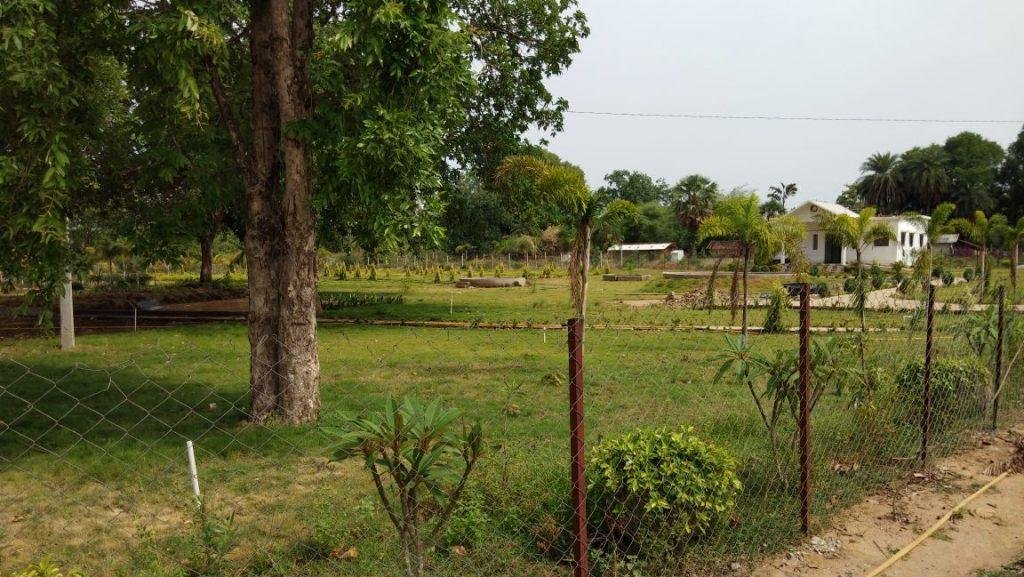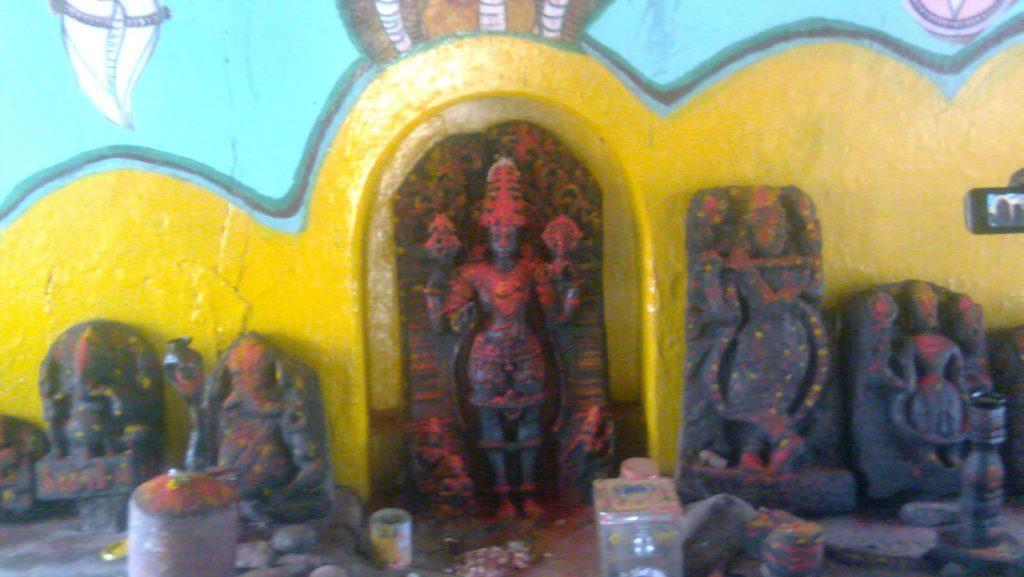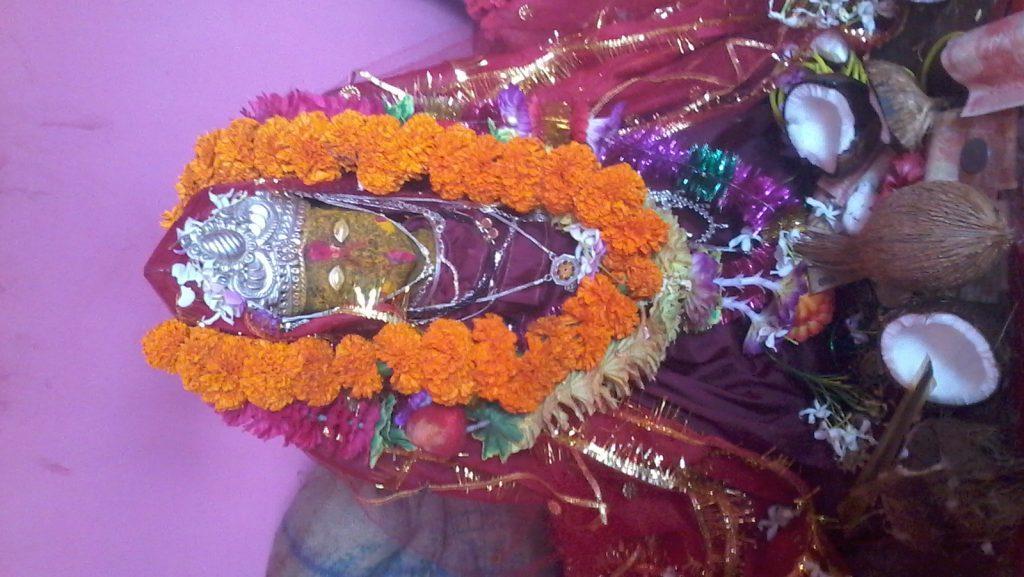The temple is one of the important ones in the Bijapur district and requires a lot of investigation to be done to fully discover it. The temple is located in Bhairamgarh in Bijapur and a rock cut Ardhanariswar carved on large boulders. The image belongs to 13-14th century AD. It is an incarnation of Lord […]
Bijapur
Bijapur, a district in the Indian state of Karnataka, is home to many ancient and revered temples. The district is known for its rich history and culture, and the temples in Bijapur are an integral part of this legacy. The temples are a testament to the fine craftsmanship and architectural prowess of the artisans of yesteryears.
One of the most famous temples is the Gol Gumbaz, also known as the mausoleum of Mohammed Adil Shah. This structure is the largest dome in India and the second-largest in the world, after St. Peter’s Basilica in Rome. Another well-known temple in Bijapur is the Jami Masjid, which is one of the largest mosques in India.
The Malik-e-Maidan, also known as the “Lord of the Battlefield,” is an ancient cannon located in Bijapur. This enormous gun is believed to have been used during the Battle of Talikota in 1565. There are also several other notable temples in Bijapur, such as the Ibrahim Rouza, the Chand Bawdi, and the Asar Mahal.
The temples in Bijapur attract visitors from all over the world who come to witness their beauty and explore their history. Many of these temples have stood the test of time and remain in excellent condition. They offer a glimpse into the past and the rich cultural heritage of the region.
Sakal Narayan temple, Bijapur
The Sakalnarayan hills are around 50kms from Bijapur. After crossing the 1km terrain and forest, a cave can be found. It is opened to the public on Gudi Parva/Ugadi. When one enters the main door of the cave, many other tunnels are opened up where one can notice the statues of Lord Krishna and Sesh […]
Bhadrakali Temple, Bijapur
The temple in the Bhadrakali village is 20kms from Bhopalpatnam. The temple is dedicated to Goddess Kali. Locals believe that the Kakatiya ruler who was a believer of Goddess Kali installed the picture here first. The place where the temple is located was a cave earlier situated within the dense forests. A large fair is […]



